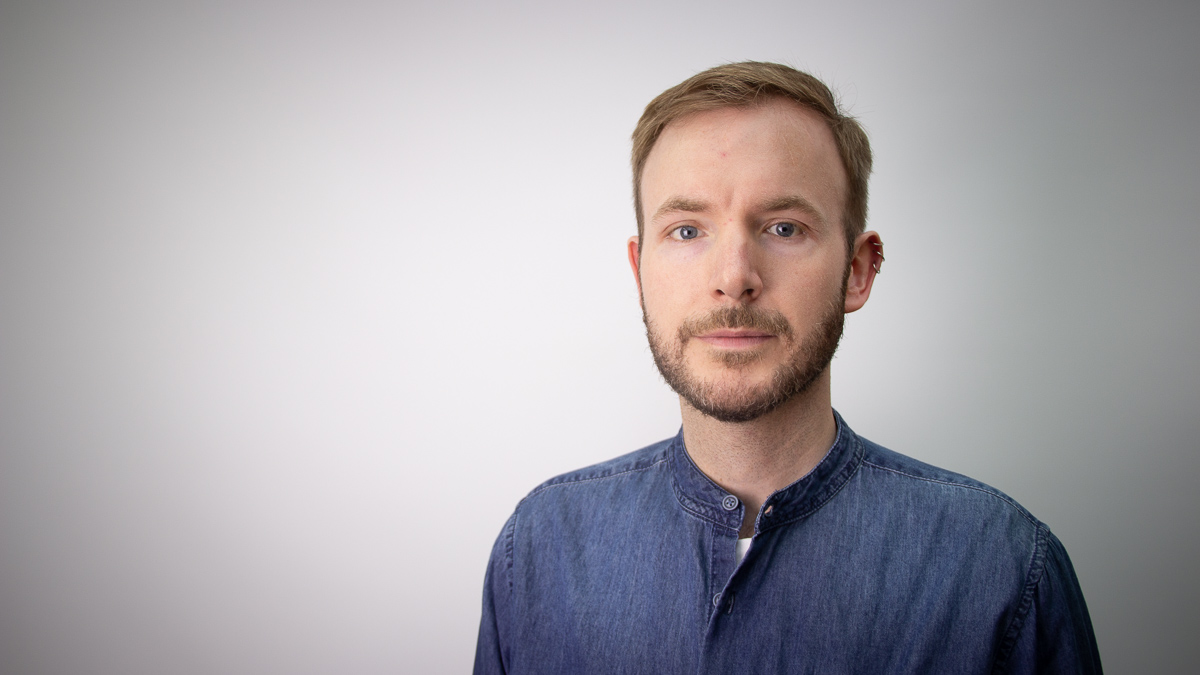Making sense of our connected world

Open access futures: time to push for scholar-led publishing
What is the cost of quality in open access (OA) publishing? And who should profit from open access? At this point in the OA-transformation, the position of scholar-led journals is mostly precarious. But there are many reasons, argue Max Bergmann, Kathrin Ganz, Maike Neufend and HIIG researcher Marcel Wrzesinski, that lead us to believe that the timing is right for pushing new forms of collaborative publishing practices forward.
Scholar-led journals: doomed to fail?
When we look at publishing policies and funding strategies these days, the future of the scientific publication system seems clear-cut: it’s open access all the way. Within the next decade, the majority of journal articles will be free to read and to distribute for everyone. At the same time, the big OA debates such as DEAL, Plan S and the like, completely fail at addressing scholar-led OA-born journals that refuse to pass on part of the publishing bill to authors. By not imposing article processing charges (APC) while committing to explore new forms of collaborative publishing practices, this journal segment is of vital importance in our commodified publishing environment. But when initial funding expires, the founding members retire, or single-institutional support fades away, these journals are more often than not faced with the decision to cease operations (like many did in the OA sector before them). To put it bluntly: in the current ecosphere of OA-publishing, scholar-led journals are an endangered species; there is close to no sustainable financing model at hand; long-term scholar-led publishing is almost designed to fail.
Author-driven instead of author-burdened
APCs are considered to be the main funding channel for open access journals. So, if APCs seem the way to go, why don’t we all join in? Firstly, generic APCs introduce inequities that disadvantage independent or precarious researchers, citizen scientists and scholars from low-income countries. Secondly, APCs remain the primary method used by big publishers to extend their influence in the current phase of the OA transformation, which likewise explains the inordinate focus on APCs by policymakers – and both contribute to a commodification of academia by applying a logic of valorization on research results. Lastly, and even though APCs can be applied to cover costs in non-profit publishing, they come at a huge administrative expense, which is hardly sustainable for smaller journal contexts. Therefore, there is a substantial interest in exploring alternative financing models.
Several community-driven approaches, crowdfunding platforms, and consortial models, such as the Open Library of Humanities, Knowledge Unlatched, or Subscribe to open provide innovative solutions to this challenge and are prime examples of collaborative efforts to foster the transition of traditional publishing to genuine open access. This said, native open access services are not eligible for funding in these consortial models.
Exploitation and innovation: an editor’s tale
Even with a strong community support, high quality not-for-profit scholar-led publishing comes at a cost. And while we realise that ‘volunteer work’ has been part of the academic profession for as long as we can remember, any critical inquiry into OA transformation needs to acknowledge the precariousness of unpaid editorial labour and dare to challenge it.
To be clear, this labour is neither trivial nor quickly done, as it includes a variety of editorial work: calls for papers are drafted and circulated, submissions collected and evaluated. The peer review process must be administered and overseen to ensure high quality content. And when the final papers are ready after rounds of revisions, the meticulous copy editing, proofreading and formatting process is to be done. Once a journal issue is uploaded and published, it needs to be archived, distributed, as well as promoted.
This day-to-day business aside, most academic editors are driven by the urge to innovate and experiment. This ranges from (further) developing tools for publishing and dissemination, to implementing unconventional publishing processes (open-by-choice review, open abstract, etc) and new formats (e.g. collaborative research, multimedia content, raw data). These new pathways do not only promote a single journal’s standing and reputation, but contribute to bibliodiversity as a means of blueprinting the future of publishing. Certainly, these efforts “to push the envelope” require funding, which most journals are running out of.
The actual cost of open access publishing
Publishing models are changing, and therefore the conditions under which scholar-led OA journals work do too. If we refuse to accept the supposed ‘free market’ survival of the fittest principle, based on self-exploiting academic labour, we have to ensure the survival of this ‘endangered species’ in the publishing landscape. Academics need to be the agents for this change, take collective action, and create meaningful “community capital” within universities, libraries and the OA community at large. Initiatives and collectives like Scholarled, ROAC, or the Fair Open Access Alliance pave the way for (re-)building horizontal alliances in that regard.
We would like to remind our peer communities that the non-APC, not-for-profit perspective and practice emerged out of the OA movement: not being interested in a renewed marketisation of publishing, we call upon learned societies, research institutions inside and outside universities and colleges, as well as academic libraries to support and fund these independent journals as hubs of critical inquiry, both financially and reputationally.
To ensure the quality and endurance of scholar-led OA journals, we need sustainable publishing contexts that can support these structures and foster diversity within the publishing culture. Providing access to and communicating our research is one of the most urgent tasks of our time. It cannot be dependent on short-term funding and the good will of some unpaid academic labourers.
About the authors
Max Bergmann is Publications Coordinator at the International Graduate Centre for the Study of Culture, Justus-Liebig-Universität Gießen, and editor of On_Culture: The Open Journal for the Study of Culture and KULT_online.
Dr. Kathrin Ganz develops the Open Gender Platform at the Margherita-von-Brentano-Zentrum, Freie Universität Berlin, and is one of the founding editors of Open Gender Journal.
Maike Neufend works as a cultural sociologist at the Centre for Near and Middle Eastern Studies at University Marburg, and she is one of the founding editors of the journal Middle East – Topics & Arguments.
Marcel Wrzesinski is Open Access Officer and research associate in the project “Innovative Open Access in Small Sciences” at the Humboldt Institute for Internet and Society. He is also one of the founding editors of Open Gender Journal.
This post represents the view of the author and does not necessarily represent the view of the institute itself. For more information about the topics of these articles and associated research projects, please contact info@hiig.de.

You will receive our latest blog articles once a month in a newsletter.
Open higher education
AI at the microphone: The voice of the future?
From synthesising voices and generating entire episodes, AI is transforming digital audio. Explore the opportunities and challenges of AI at the microphone.
Do Community Notes have a party preference?
This article explores whether Community Notes effectively combat disinformation or mirror political biases, analysing distribution and rating patterns.
How People Analytics can affect the perception of fairness in the workplace
People Analytics in the workplace can improve decisions but may also heighten feelings of unfairness, impacting employee trust and workplace relationships.




